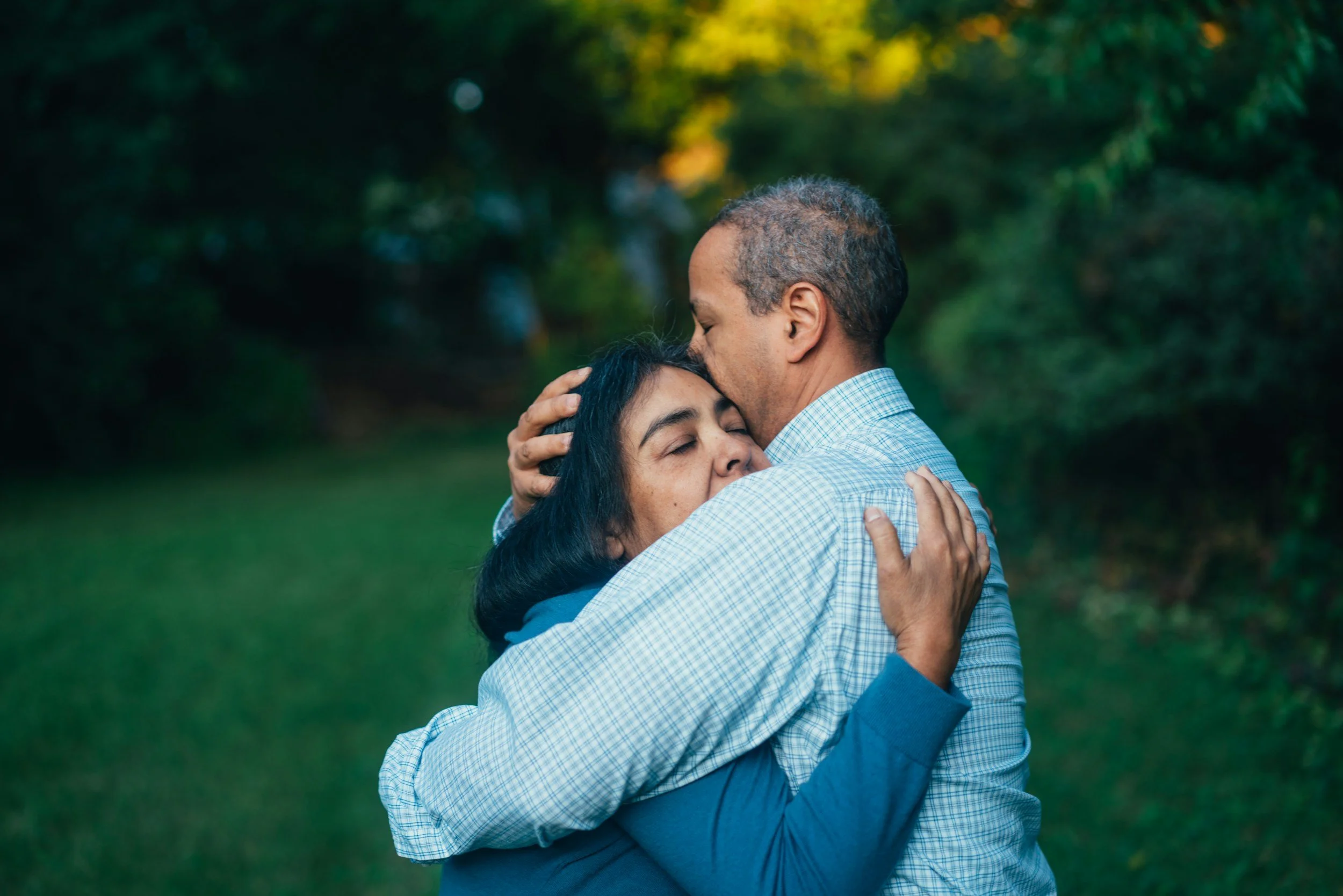Attachment Styles in Relationships: What They Mean for Your Love Life
Have you ever wondered why you crave constant reassurance in relationships—or why you sometimes pull away when things get too close? The answer might lie in your attachment style.
Attachment theory, first developed by psychologist John Bowlby, explains how our early experiences with caregivers shape the way we connect with others as adults. Understanding your attachment style can be life-changing, helping you navigate love, intimacy, and communication with greater clarity.
In this guide, we’ll explore the four main attachment styles in relationships and what they mean for your love life.
What Are Attachment Styles?
An attachment style is the way you relate to others in close relationships, influenced by childhood experiences and emotional needs. These patterns often carry into adulthood, shaping the way we give and receive love.
The four main attachment styles are:
Secure
Anxious (Preoccupied)
Avoidant (Dismissive)
Disorganized (Fearful-Avoidant)
The 4 Attachment Styles in Relationships
1. Secure Attachment
Traits:
Comfortable with closeness and independence
Communicates needs clearly
Able to trust and be trusted
In Love:
Securely attached partners create balanced, healthy relationships. They handle conflict constructively and provide emotional safety.
2. Anxious Attachment
Traits:
Craves closeness and constant reassurance
Sensitive to signs of rejection
Can feel insecure without validation
In Love:
Anxious partners may struggle with overthinking, jealousy, or fear of abandonment. Their love is deep and intense but often tied to worry about losing their partner.
3. Avoidant Attachment
Traits:
Values independence over closeness
Struggles with vulnerability and intimacy
May withdraw during conflict
In Love:
Avoidant partners often seem distant or emotionally unavailable. While they care deeply, their fear of dependence makes it hard to fully open up.
4. Disorganized (Fearful-Avoidant) Attachment
Traits:
Mix of anxious and avoidant behaviors
Wants closeness but fears rejection
May experience inner conflict in relationships
In Love:
This attachment style can create push-pull dynamics—seeking intimacy but pulling away out of fear. Relationships may feel chaotic or unpredictable without support and healing.
Why Attachment Styles Matter in Your Love Life
Understanding your attachment style can:
Explain recurring patterns in your relationships
Help you communicate needs more effectively
Reduce conflict by building self-awareness
Guide you toward healing and developing a more secure attachment
The good news? Attachment styles are not permanent. With self-awareness, therapy, and healthy relationships, you can move toward greater security and emotional balance.
How to Build a More Secure Attachment
Practice self-reflection: Notice patterns in your relationships.
Communicate openly: Share needs and feelings without blame.
Challenge old beliefs: Question thoughts like “I’ll always be abandoned” or “I can’t rely on anyone.”
Seek support: Therapy, especially Emotionally Focused Therapy (EFT), can help you rewire attachment patterns.
Choose safe relationships: Surround yourself with partners and friends who value honesty, consistency, and care.
Final Thoughts
Your attachment style doesn’t define your destiny—it simply offers insight into how you connect with others. By understanding whether you lean anxious, avoidant, secure, or disorganized, you can begin to transform your relationships. If you’d like to learn more about how your attachment styles impact your relationship, reach out to connect.
When you build awareness and work toward secure attachment, you open the door to deeper intimacy, healthier love, and relationships that truly last.



